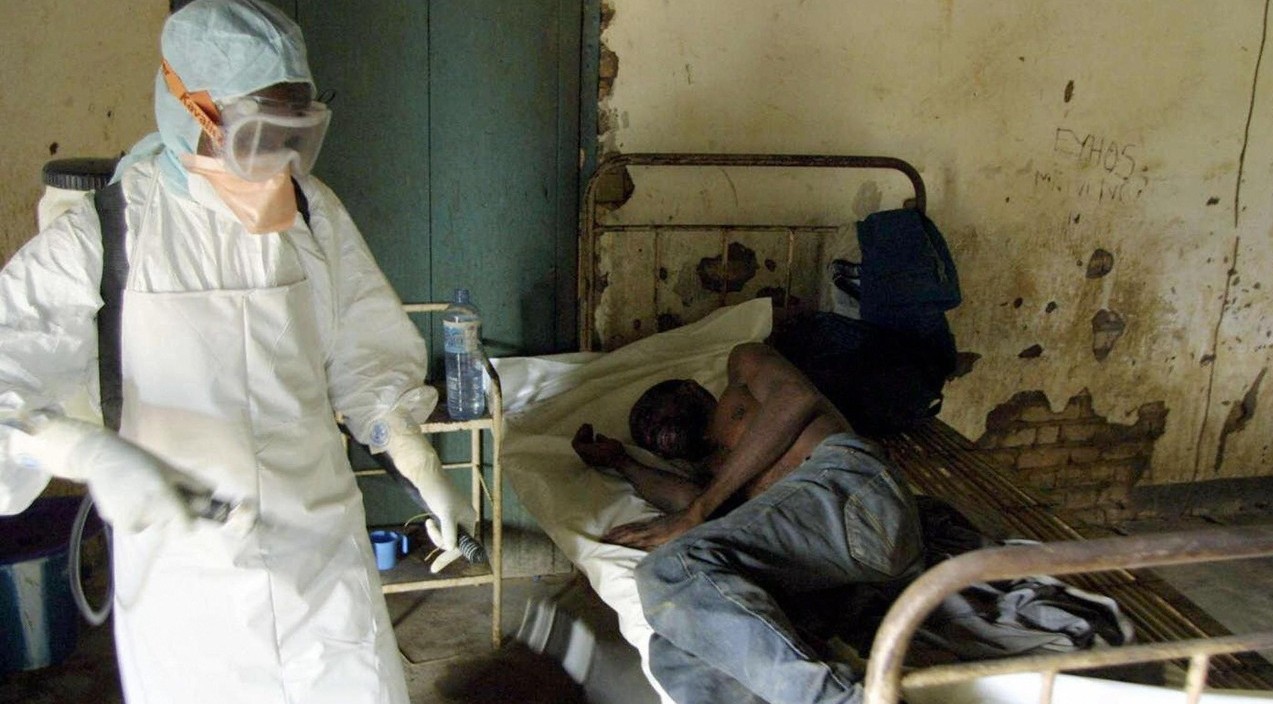
Inside this heated world of ours, there are trillions of diseases with only a fraction of those communicable to humans and only another fraction considered deadly. Among that fraction of a fraction, Ebola has come into the spotlight not unlike the way that Swine and Bird Flu have in years past. The difference for a lot of readers and viewers is that Ebola has now, officially, made it to our shores and though it’s being treated and contained, there is always that risk that will make some people afraid. Some of humanity’s worst nightmares are diseases transmitted from the world around us.
In reality, Ebola is as deadly a disease as there is in the world. Thought to originate from forest bats, the virus was first identified in 1976 within the Democratic Republic of the Congo. Ebola’s viral chain, spread through touching victims or bodily fluid, takes out the victim’s cells in the kidneys and liver, causing hemorrhages throughout their body until death. As grizzly as that seems, the numbers behind this current epidemic match that bloodied image. Over 900 people have been killed in Africa with hundreds more infected and among those infected were the two famous American doctors that recently found their way back to the states.
In his first public statement since his brush with death, Kent Brantly had his mind on those that weren’t saved, “I held the hands of countless individuals as this terrible disease took their lives away from them,” Dr. Kent Brantly said in a written statement. “I witnessed the horror firsthand, and I can still remember every face and name.” His written statement continued to assure that he’s “growing stronger each day” while receiving “the very best care possible.” Brantly’s fellow missionary that contracted Ebola, Nancy Writebol, is also recovering, but has not yet released a statement. Her husband did offer some comfort that she is improving but still weakened by Ebola’s ravages.
The current spread of Ebola across Guinea, Liberia, Nigeria, Sierra Leone, and possibly other nations has been historic in many ways. In regards to the two American patients, their cases are the first two to ever be treated on American soil, but the story lies back in Africa where the numbers keep rising. Before the current outbreak, the largest outbreak took place in 1976 and took the lives of 260 people in Central Africa. Even with complete isolation, there is little to do without a cure for the people already suffering. The World Health Organization is currently considering experimental drugs to be made available across Africa, but none of those would be a specialized cure.
These numbers, sobering as they are, could always be worse, especially for the two missionaries who wanted nothing more than to help African tribes, but, ultimately, gave their bodies as hosts for this deadly virus. There is currently no word on how those two contracted the virus. Ebola, although contained here, does not seem to be stopping in Africa for the foreseeable future, with few doctors even able to offer comfort at this distressing time.
By Myles Gann

